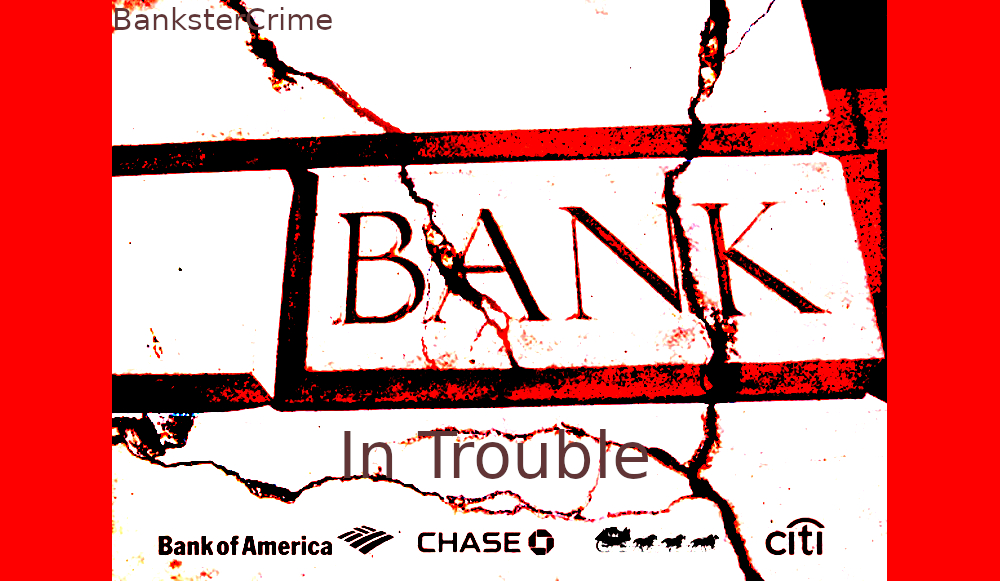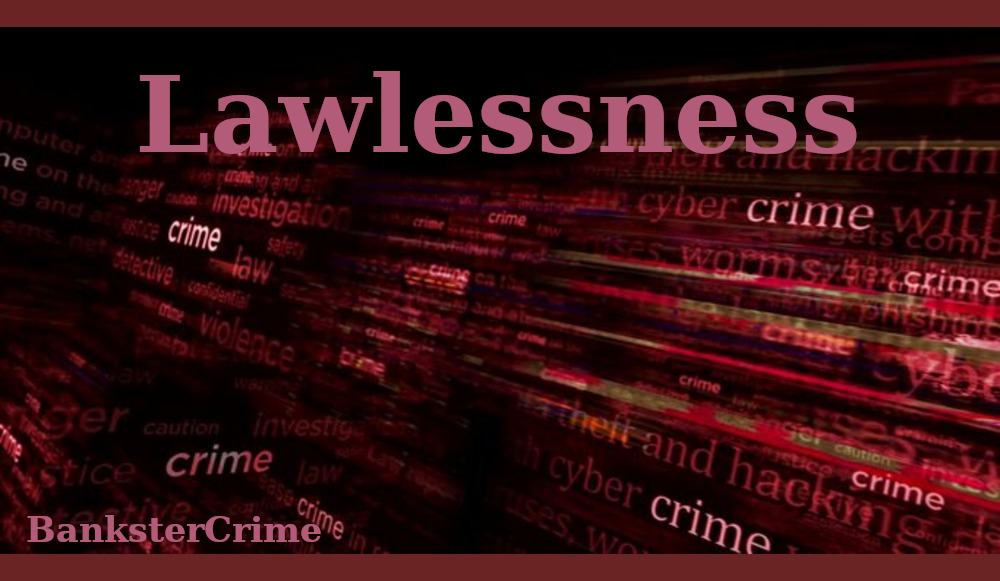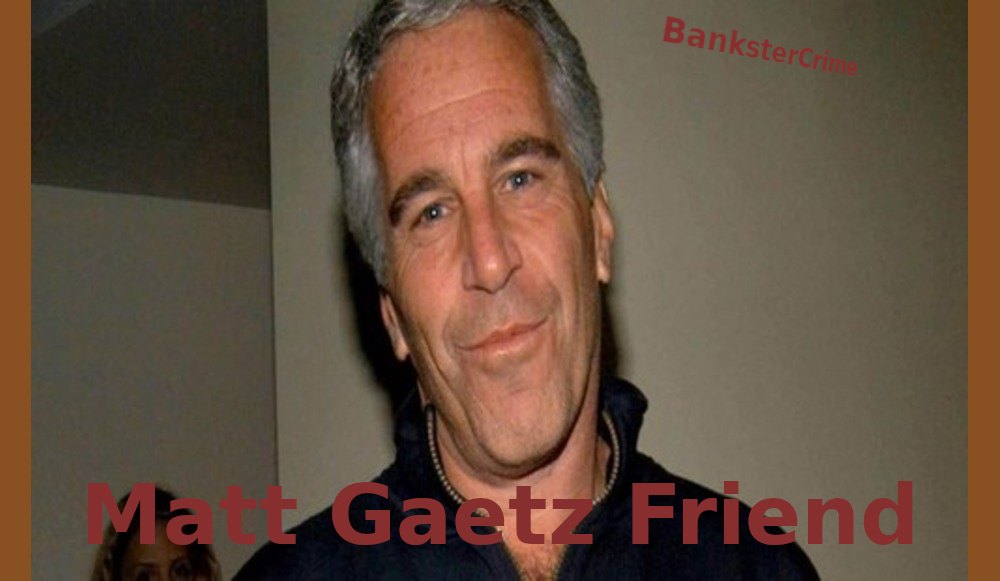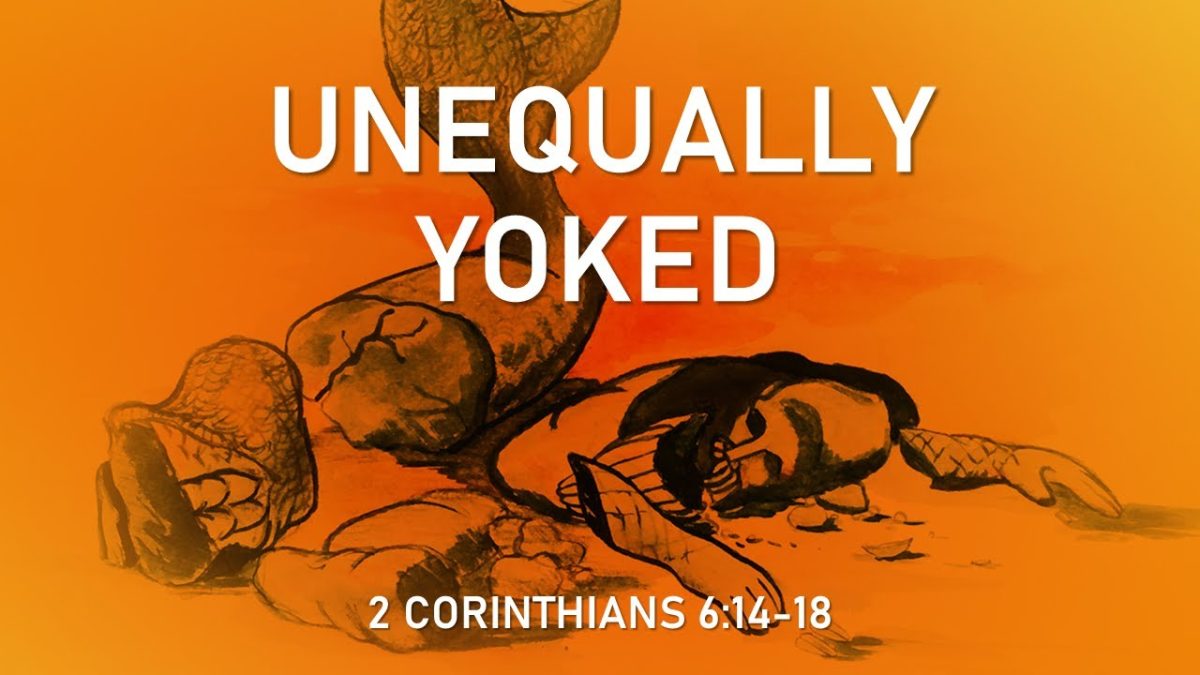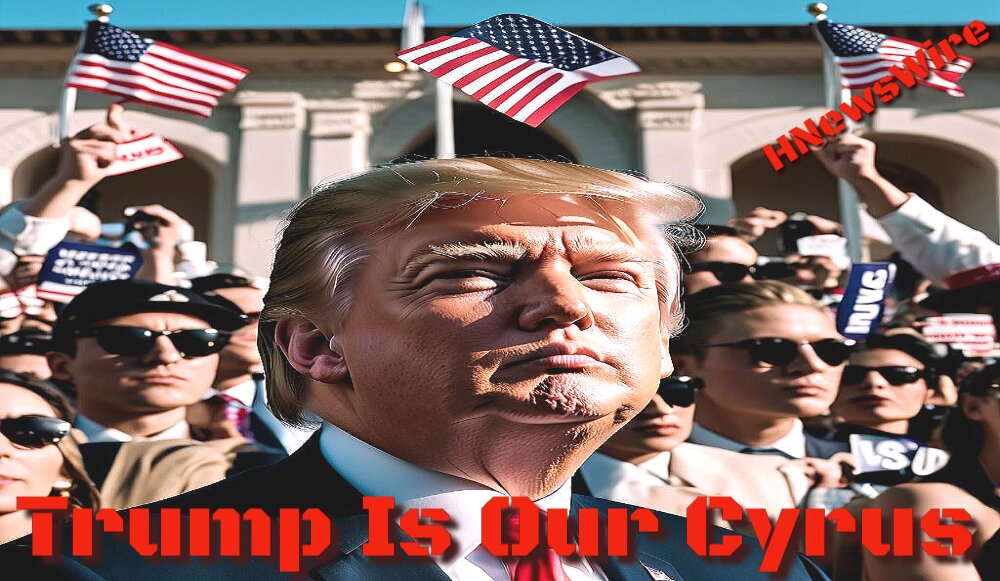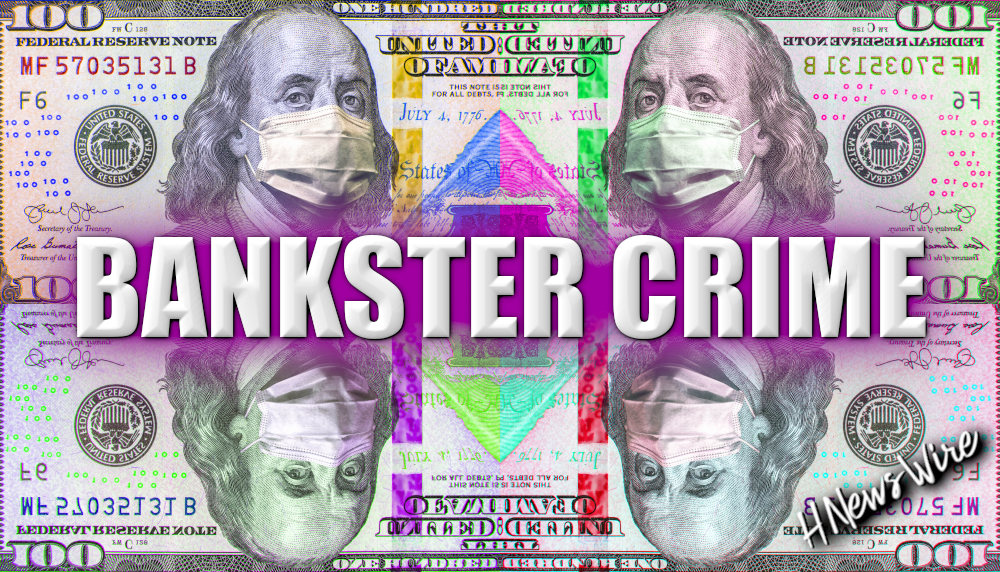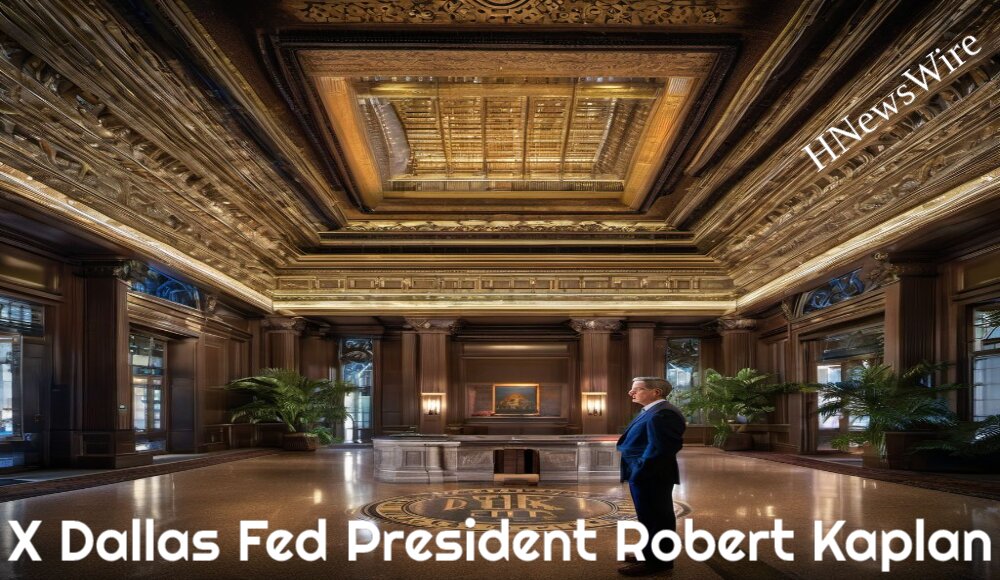
BanksterCrime:
By Nikhilesh De
Sam didn't do it. He didn't defraud anyone, he didn't steal customer funds – he just built a company which "turned out basically the opposite" of the product he envisioned when he founded FTX: "A lot of people got hurt – customers, employees – and the company ended up in bankruptcy." At least, that's his story.
"The biggest mistake was we did not have a dedicated risk management team, we didn't have a chief risk officer," he told the court Friday. "We had a number of people who were involved to some extent in managing risk, but no one dedicated to it, and there were significant oversights."
Bankman-Fried – finally – took the stand to try and convince the 17 people overseeing his criminal fraud trial that FTX and Alameda Research's collapse were the result of screw-ups and errors, and of his hand-picked lieutenants' screw-ups and errors – not a deliberate fraud committed by the 31-year-old. Bankman-Fried's testimony echoed key parts of his attorney Mark Cohen's opening statement from the beginning of this month – issues happened because ex-Alameda CEO Caroline Ellison didn't hedge, because FTX was a fast-moving company doing big things quickly, because a number of market shocks hit and because Sam was just one person who couldn't be everywhere or do anything. We got a preview of sorts on Thursday, but Friday was the first time we saw Bankman-Fried really present his own case for why he shouldn't go to jail.
You're reading The SBF Trial, a CoinDesk newsletter bringing you daily insights from inside the courtroom where Sam Bankman-Fried will try to stay out of prison. Want to receive it directly? Sign up here.
The first half of Friday's testimony was basically "A History of FTX, presented by Samuel Bankman-Fried." For those following the case over the past year, nothing new. For those of us who have been tracking FTX since its founding, maybe a bit of useful detail but basically really nothing new. But we're not the intended audience – the jury is. One audience member in the overflow room, who said she did not have much familiarity with FTX or Bankman-Fried, said she found it useful. And I overheard a few people at the end of the day Friday say they found Bankman-Fried's version of events plausible.
Shortly after lunch, Bankman-Fried's defense team's strategy continued to become clearer: It's not just that Sam didn't do it, it's that the Department of Justice's key witnesses are all lying. Bankman-Fried didn't say that, of course, but that seems to be the implication with a number of details.
Take FTX's insurance fund. Former Chief Technology Officer Gary Wang told the court on Oct. 6 that this was functionally a random number that was posted to FTX's website and later posted to social media. Bankman-Fried said he did not calculate the numbers – implying what, I'm not entirely sure. My interpretation is he's implying someone else had the idea of putting a random number on the site.
Or maybe FTX's 2021 revenue. Former Head of Engineering Nishad Singh testified that Bankman-Fried directed him to find a way to show that the company had generated over $1 billion in revenue for the year, and to backdate revenue details to do so – which he ultimately did by marking staking rewards from EcoSerum to FTX's balance sheet, at Bankman-Fried's direction.
"Sam proposed charging EcoSerum to the account that paid the interest," he said.
On Friday, Bankman-Fried said he "had not thought of EcoSerum staking" at all, and that he did not remember discussing backdating any documents tied to this.
On hedging, Bankman-Fried said he discussed Alameda's risks with Ellison, the company's CEO at the time.
"She ultimately said that she would look into hedging Alameda's exposure but I interpreted her to be far less enthusiastic than I was about it," he said. And while he discussed hedging with her "every month or two" through June 2022, this ultimately never happened.
The June 2022 spreadsheet that keeps coming up this trial documenting Alameda's balances and liabilities once again showed its face (though not the infamous one that ultimately led to last year's bankruptcy). Ellison said on Oct. 11 that Bankman-Fried "suggested I should prepare some alternative ways of presenting" information about the figures, which led to her creating a sheet with seven alternative presentations. She later reiterated that "it was Bankman-Fried's" idea to do this.
On Friday, Bankman-Fried said it was Ellison who "had thought about a few different ways of constructing" the balance sheet.
Intriguingly, Bankman-Fried said he didn't find out about Alameda's $8 billion hole, as documented by the [email protected] account, until October of 2022.
But there are also parts that – at least as of Friday – have not yet been addressed. Assistant U.S. Attorney Nicholas Roos asked Wang why Bankman-Fried said Alameda Research should take on loss from a MobileCoin exploit during their discussion about the insurance fund.
"He said that FTX's balance sheets are more public than Alameda's balance sheets, that investors have access to FTX's finances but not Alameda's finances," Wang said. While Cohen asked Bankman-Fried about Alameda taking on the MobileCoin loss, the topic of investors having access to FTX's finances did not come up.
And Ellison had previously testified that while she and Bankman-Fried had discussed hedging Alameda's risks, and that Bankman-Fried blamed her for not hedging, in her view it was his decision to make venture investments and other financial decisions which put Alameda in an unrecoverable position by the fall of 2022.
"I felt that the fundamental reason we were in the situation was that we had borrowed these billions of dollars in open-term loans and used them for illiquid investments," – all of which were Bankman-Fried's idea, she said.
Ellison had also testified that Bankman-Fried knew the only way for Alameda to pay its lenders was using the line of credit, which meant "using FTX customer assets." Again, these specific details did not come up.
There's also the various group chats and written documents prosecutors have tied Bankman-Fried to, such as the one Singh testified about where Bankman-Fried, Bankman-Fried's brother, former FTX Digital Markets CEO Ryan Salame or political consultants organized political donations.
On Friday, Bankman-Fried said he did not direct Salame or Singh to make specific donations, but he did hire political consultants (such as Guarding Against Pandemics, which his brother helped run).
Bankman-Fried is going to continue his testimony on Monday, with Cohen estimating maybe two more hours of direct examination. Unfortunately for Bankman-Fried, and maybe the narrative he's crafting, that means that he'll again face Assistant U.S. Attorney Danielle Sassoon – you know, the prosecutor who figuratively punched him in the face repeatedly last Thursday – for what she described as a "significant cross-examination." She said she doesn't think the cross will take a day and a half but it'll certainly go into Tuesday.
Courtroom scenes
-
Bankman-Fried's eyes flickered rapidly between the jury and the back of the room throughout his testimony on Friday – not necessarily weird or unusual in and of itself, but certainly noticeable.
-
Bankman-Fried also continued his trend from Thursday of using many more words than he needed to answer the questions posed, to the point where a short-tempered Judge Lewis Kaplan and Cohen both tried repeatedly to just get him to answer the frickin' question please.
-
I've been keeping a rough tally of how many people are attending. On days without Bankman-Fried or Ellison, it's been relatively uncrowded. There was a small crowd for Ellison. On Thursday, the first day people expected Bankman-Fried to testify, there were under 70 people in line by 9:00 a.m. ET. On Friday, there were well over 100.
By Nikhilesh De
Revelation: A Blueprint for the Great Tribulation


A Watchman Is Awakened


Will Putin Fulfill Biblical Prophecy and Attack Israel?

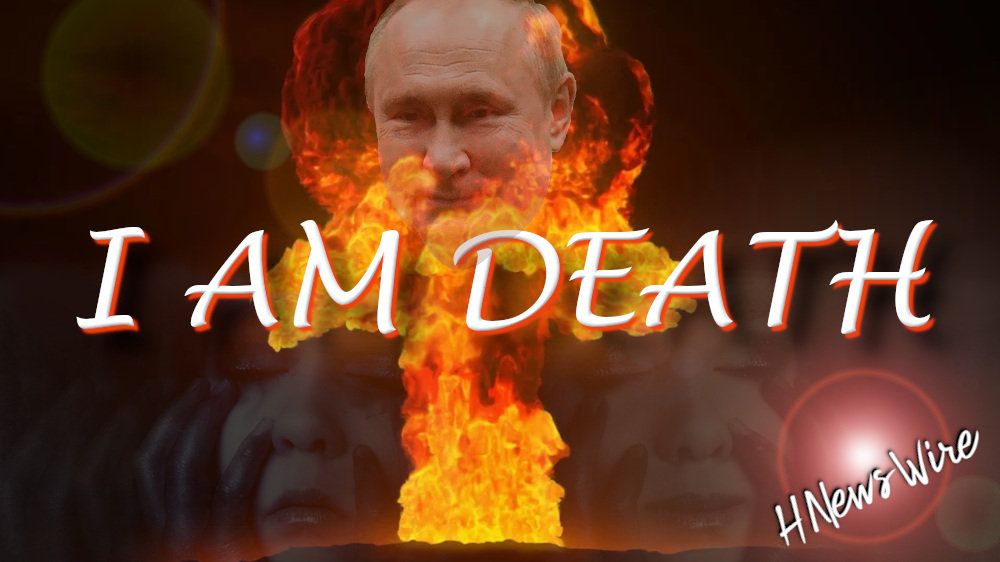

Newsletter
Orphans
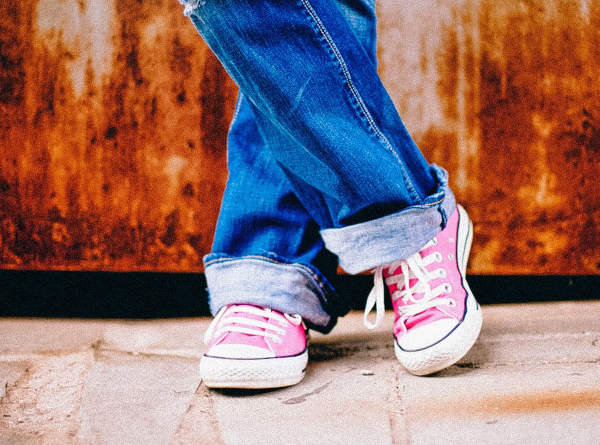
Editor's Bio

